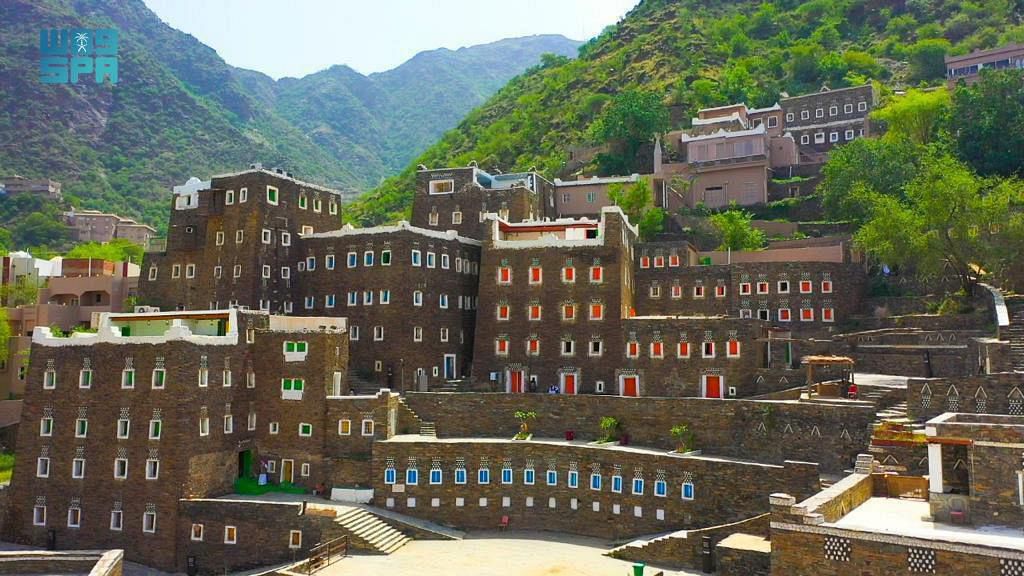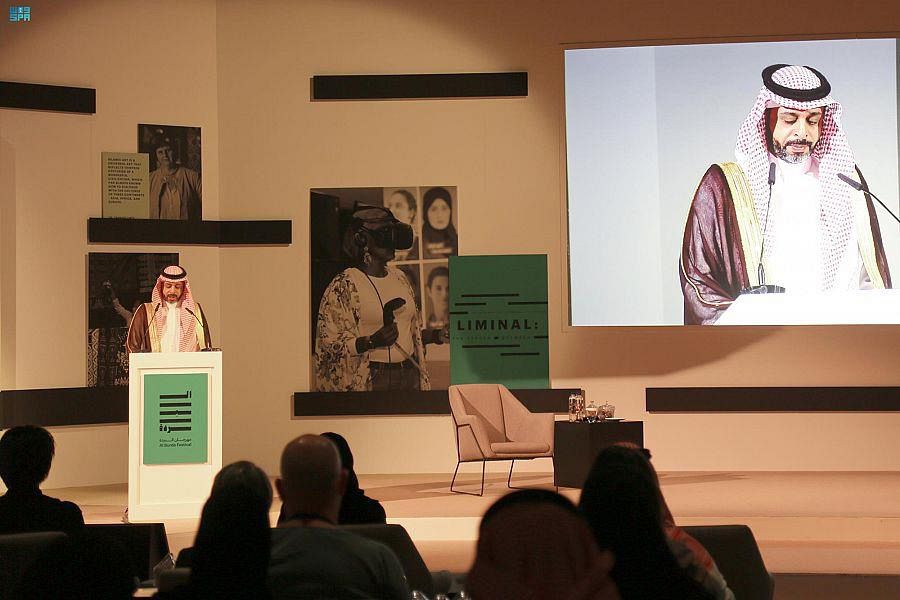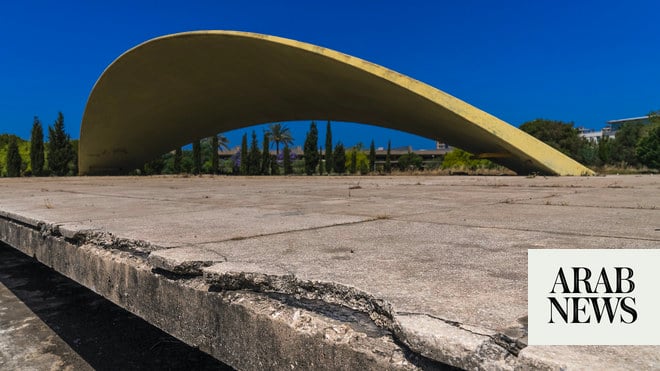
JEDDAH: Some eight government bodies have completed their work in preparing the archaeological site of the village of Rijal Alma in the southern province of Asir to join the UNESCO’s World Heritage List.
The famed Saudi village, which lies 50 km west of Abha city, includes tens of castles built with hard stones, painting a unique landscape with its architecture, delicate engravings and the illuminated lamps on its road sides.
A tour by the Saudi Press Agency on Saturday at the site has overseen the village’s rich history and heritage which had made it nominated to join the UNESCO’s World Heritage List.
Work at the site began around two months ago, under instructions from his royal highness Prince Faisal bin Khalid bin Abdel Aziz, Emir of Assir region, and the continuous follow up tom his deputy Prince Turki bin Talal bin Abdulaziz and Prince Sultan bin Salman bin Abdulaziz, Chairman of the Saudi Commission for Tourism and National Heritage, to meet the requirements of joining the village to the World Heritage List.
Restoration works as well as efforts to meet the UNESCO requirements at the site were carried by the Rijal Alma Municipality and the Saudi Commission for Tourism and Heritage, and a branch of the Ministry of Islamic Guidance, and the Transport and Environment Ministries.
A visual presentation seen by the media delegation during the visit has highlighted the main works conducted at Rijal Alma, during which the Saudi Commission renovated and modified facades of some of the village buildings and decorated its general council.
As well as building a wall to protect the visitors center from floods, and replacing instruction signs with smaller ones that are more suitable for the site’s environment.
The municipality has also removed new cement buildings at the site and rebuilt historic ones with stones from the site, in addition to removing guest rooms and replaced with an open style setting that is suitable for the village environment and to rearrange the village lighting with a more traditional style.
Some of the modern stone writings were corroborated, and concrete murals were treated in the village and the roofs of shops were covered.
The Ministry of Islamic Affairs has also prepared the site’s mosque and its components.
Also, the SCTH has also ordered the continuation to implement an archaeological excavation at the Asham historical site in the western region of Baha for the third season.
The project is one of 44 archaeological projects being implemented by the Commission during this year.
A specialized team led by Khalid Bin Mohammed AlZahrani and a number of researchers, specialists, and technicians from antiquities and museum sectors in SCTH began to reveal architectural details of the area.
They focused on the industrial zone of the area to uncover a number of furnaces and smelting and casting tools, that the site is characterized with since the pre-Islamic period.
The approval of the Commission’s chairman follows the success achieved in the first two seasons, which focused its work in the commercial market area and in the mosque area.
These works have led to discovering a number of architectural elements in the market area consisting of two adjacent shops and an open courtyard may have been used to exchange various goods.










